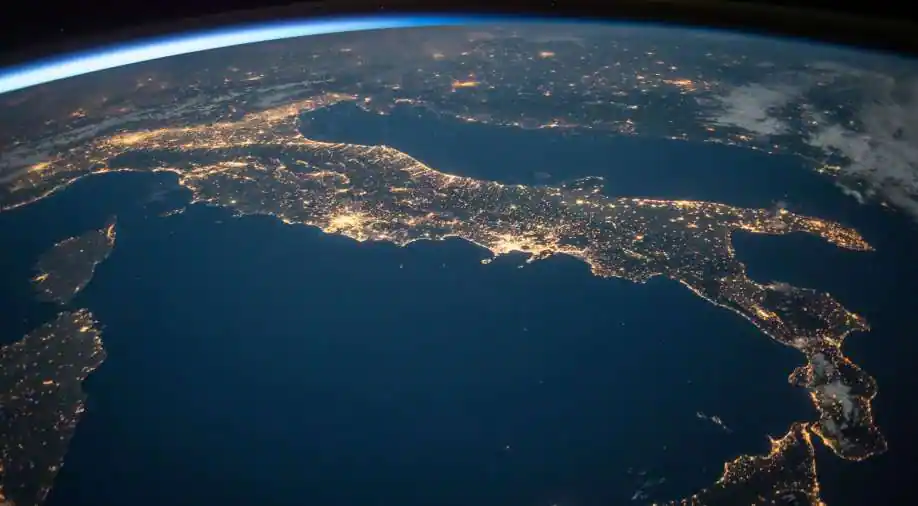Scientists have found a large ozone hole in the lower stratosphere above the tropical region which can affect the 50 percent of the world’s population. They said that the hole was seven times the size of the Antarctic Ozone Hole, which only appeared during spring, according to a paper published in AIP’s progress.
In his research, Qing-Bin Lu, a professor at the University of Waterloo in Ontario, Canada, has claimed that all new ozone holes have existed since the 1980s and unlike Antarctica, this new ozone hole comes throughout the year rounds throughout the year throughout the year throughout the year. .
Scientists have warned that the presence of this new hole can have the consequences of disasters for life on earth.
“Tropical is half of the surface area of the planet and is home to about half the world population,” Lu said in a press release.
“The existence of tropical ozone holes can cause great global concern.”
The tropical regions of the earth include equator and parts of North America, South America, Africa, Asia and Australia.
The ozone hole is technically not a “hole” where there is no ozone, but actually is a very out -layer area of ozone.
Ozone is in the upper atmosphere and absorbs ultraviolet radiation, another type of solar energy that is harmful to humans, animals, and plants.
Ozone thinning occurs when chlorofluorokarbons (CFC) and halon – gases that were previously found in aerosol spray can and refrigerant – released into the atmosphere.
“The thinning of the ozone layer can cause an increase in UV radiation on the surface of the soil, which can increase the risk of skin cancer and cataracts in humans, and weaken the human immune system, reduce agricultural productivity, and negatively affect organisms and water ecosystems that are negatively sensitive, negatively , negative, sensitive, negative sensitive, negatively sensitive and negative negatively, “said Lu.
Lu and his team identified this latest hole by checking changes in the average annual ozone, the difference between the annual ozone climatology and changes in temperature over the past few decades.
But his findings were surprising for other scientists whose conventional photochemical modeling did not show a large gap.
Dr. Marta Abalos Alvarez, researcher at the Department of Physics of the Earth and Astrophysics at the University of Complutense Madrid (UCM), said:
“In my opinion, the article does not have the scientific rigidity needed to be a reliable contribution. This contains many reasons with serious mistakes and unfounded statements, contrary to the previous results that are proven. Ozone thinning in the tropical region is not new and is mainly caused by the acceleration of the circulation of beer-dobson makers. Finally, the published journal has a very low impact factor. “
